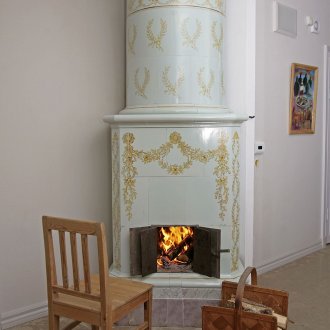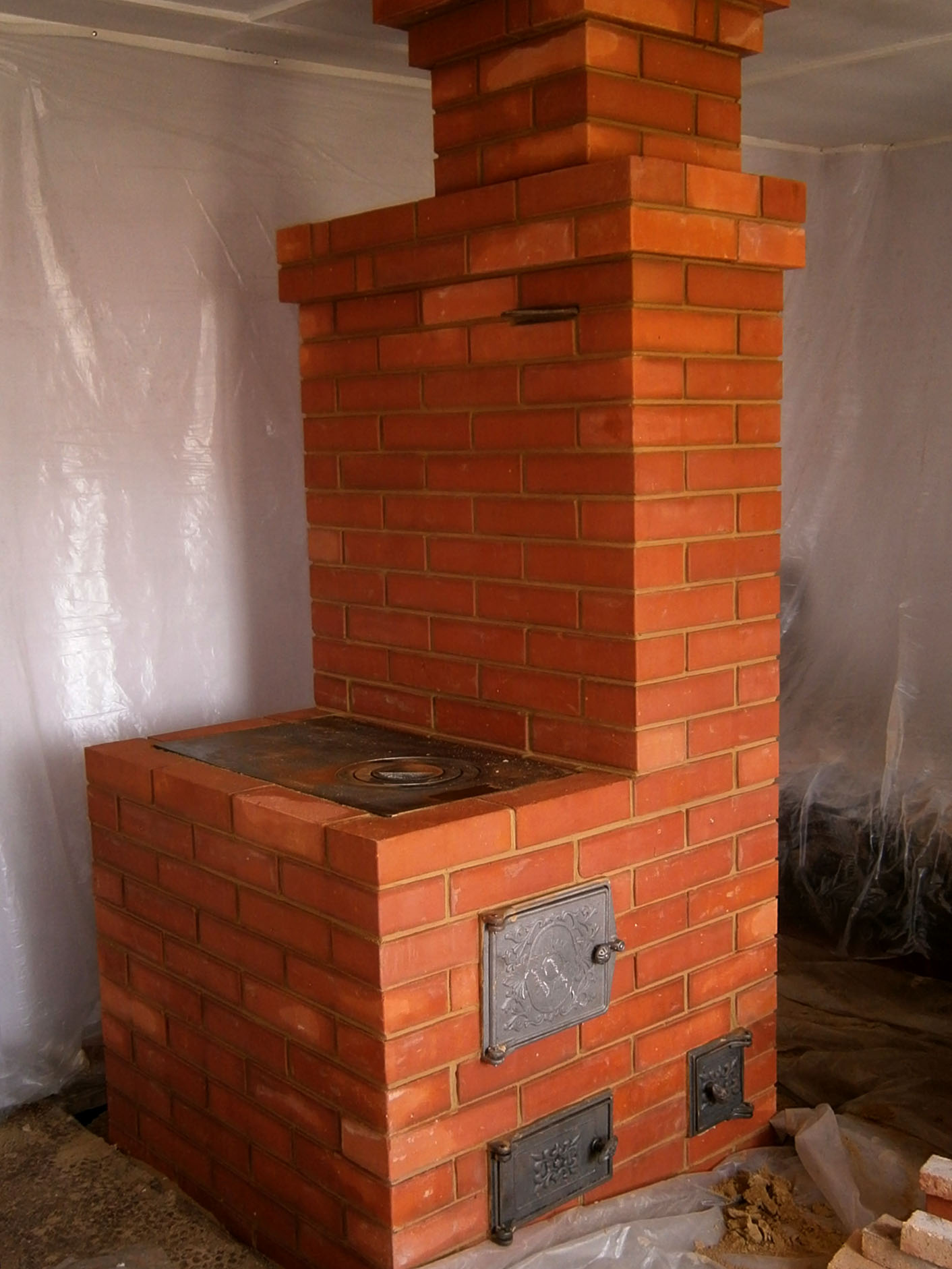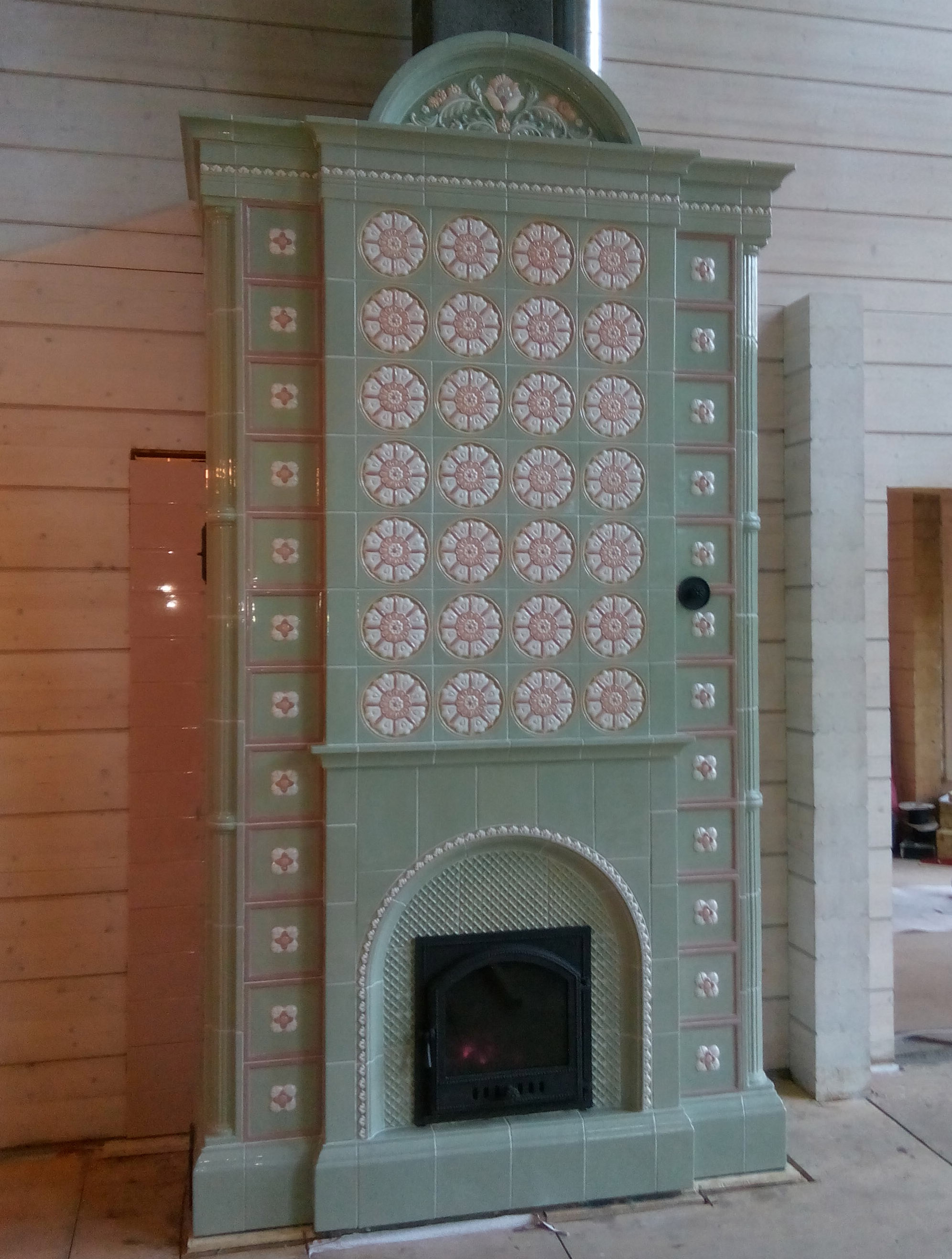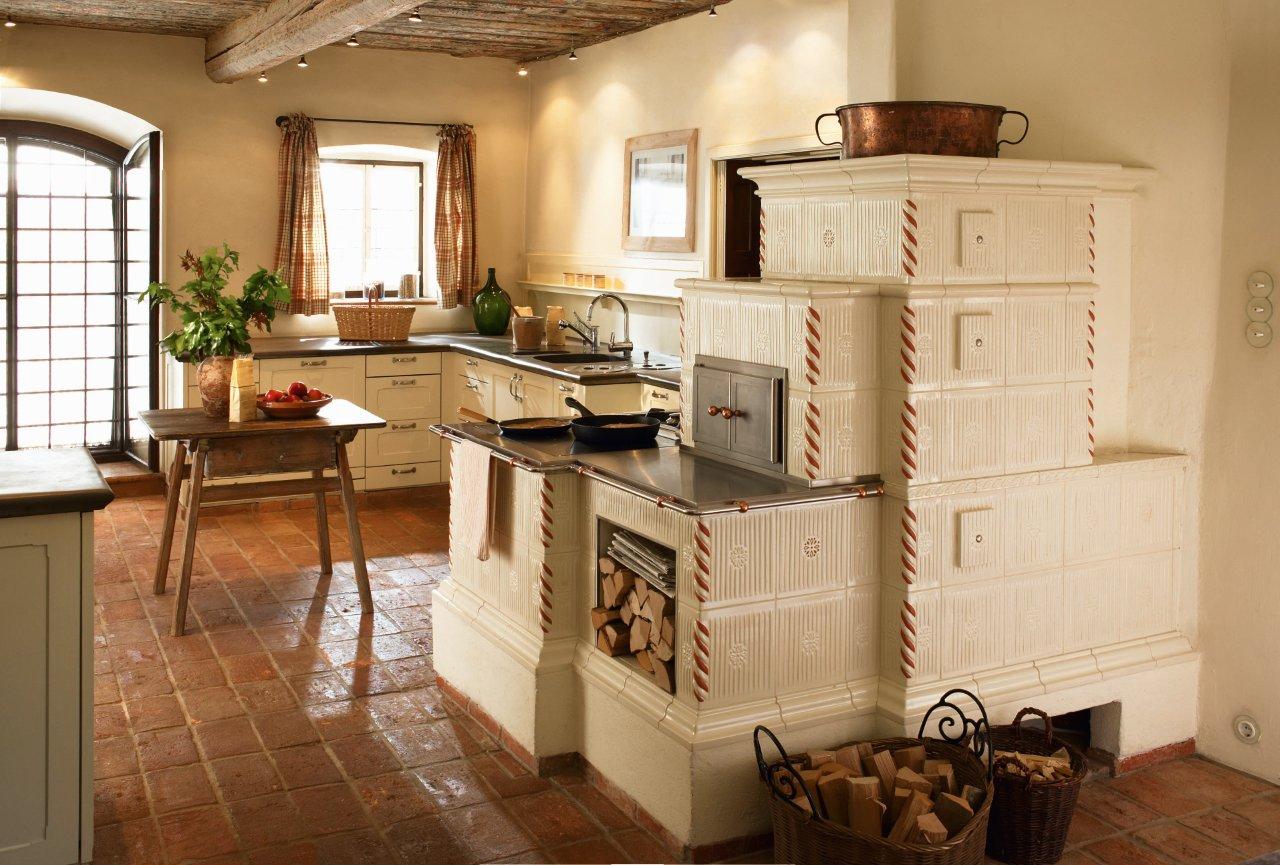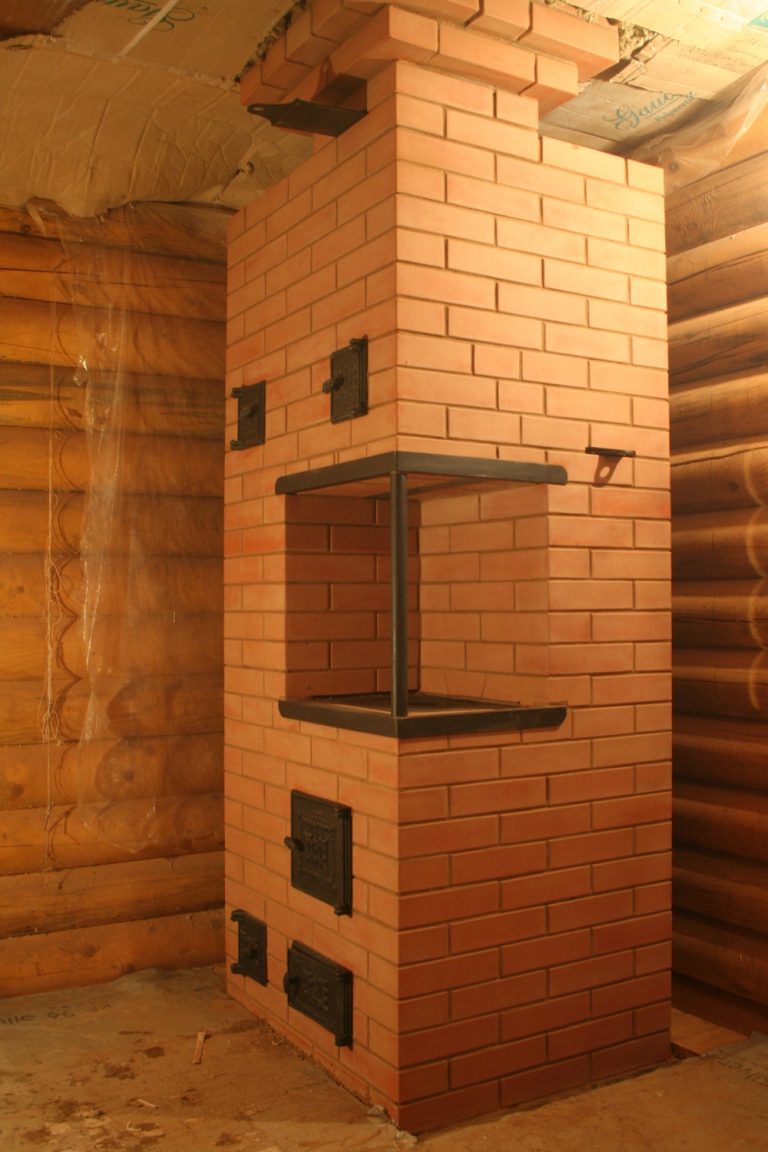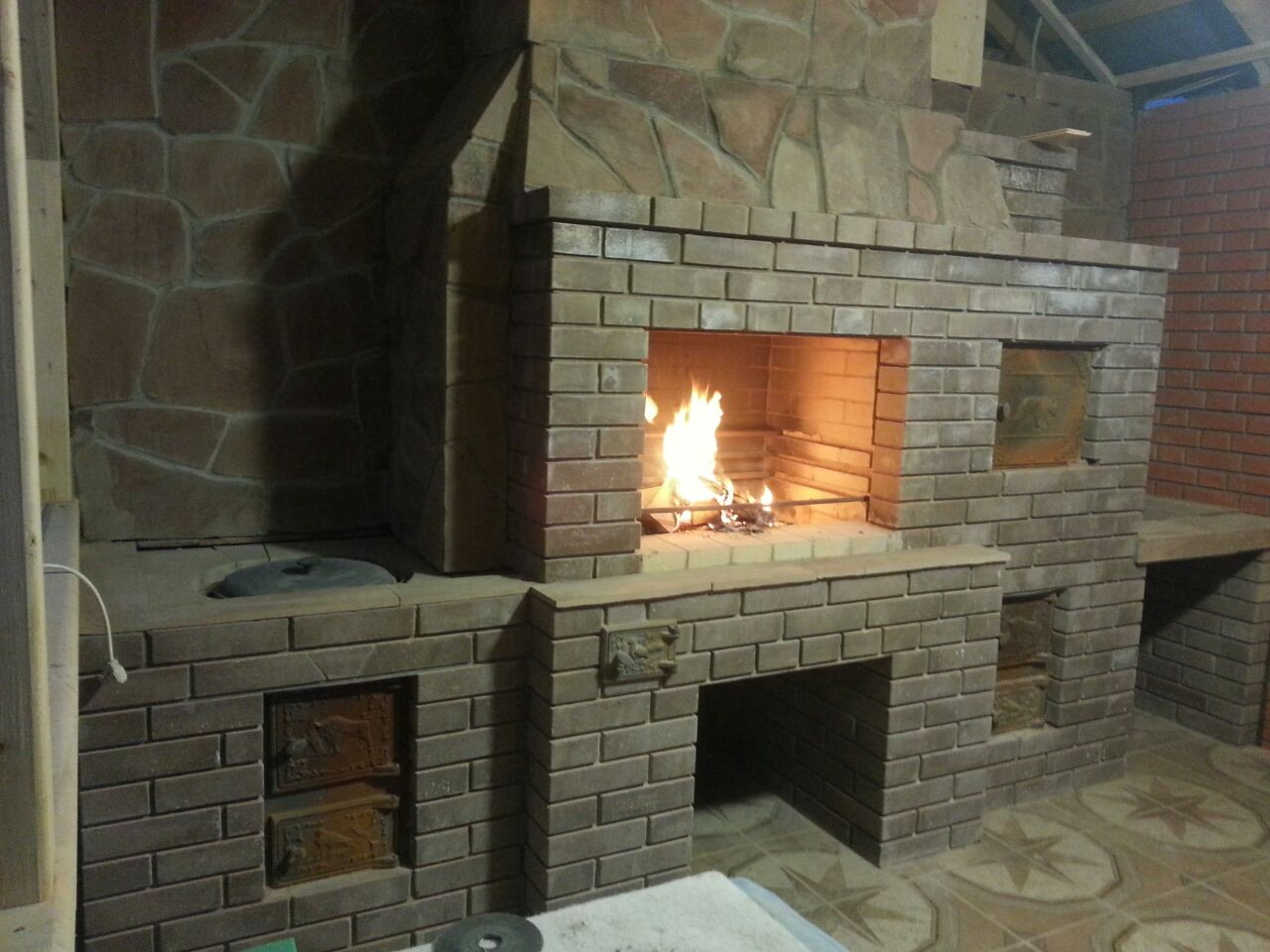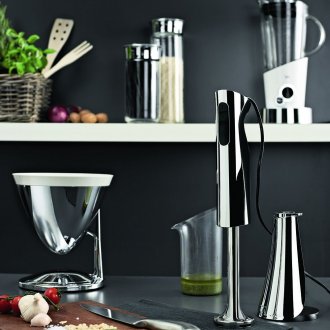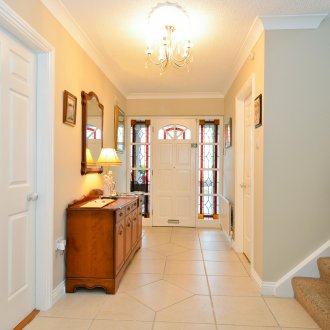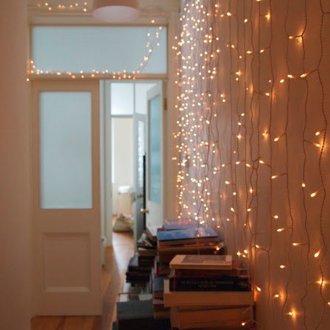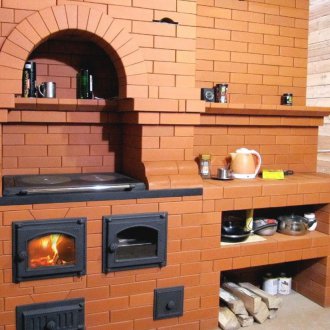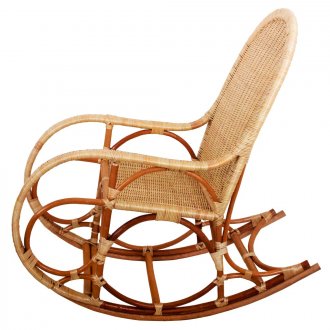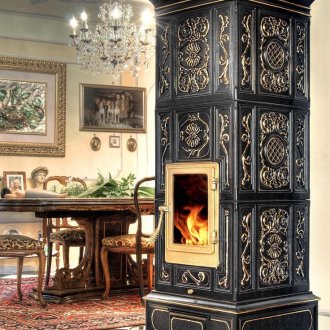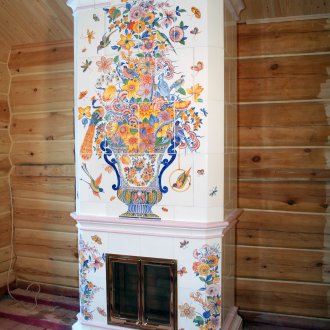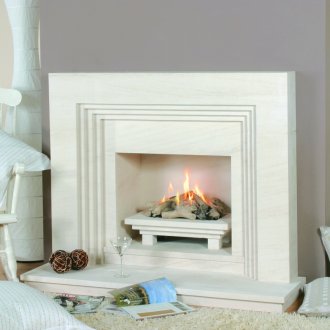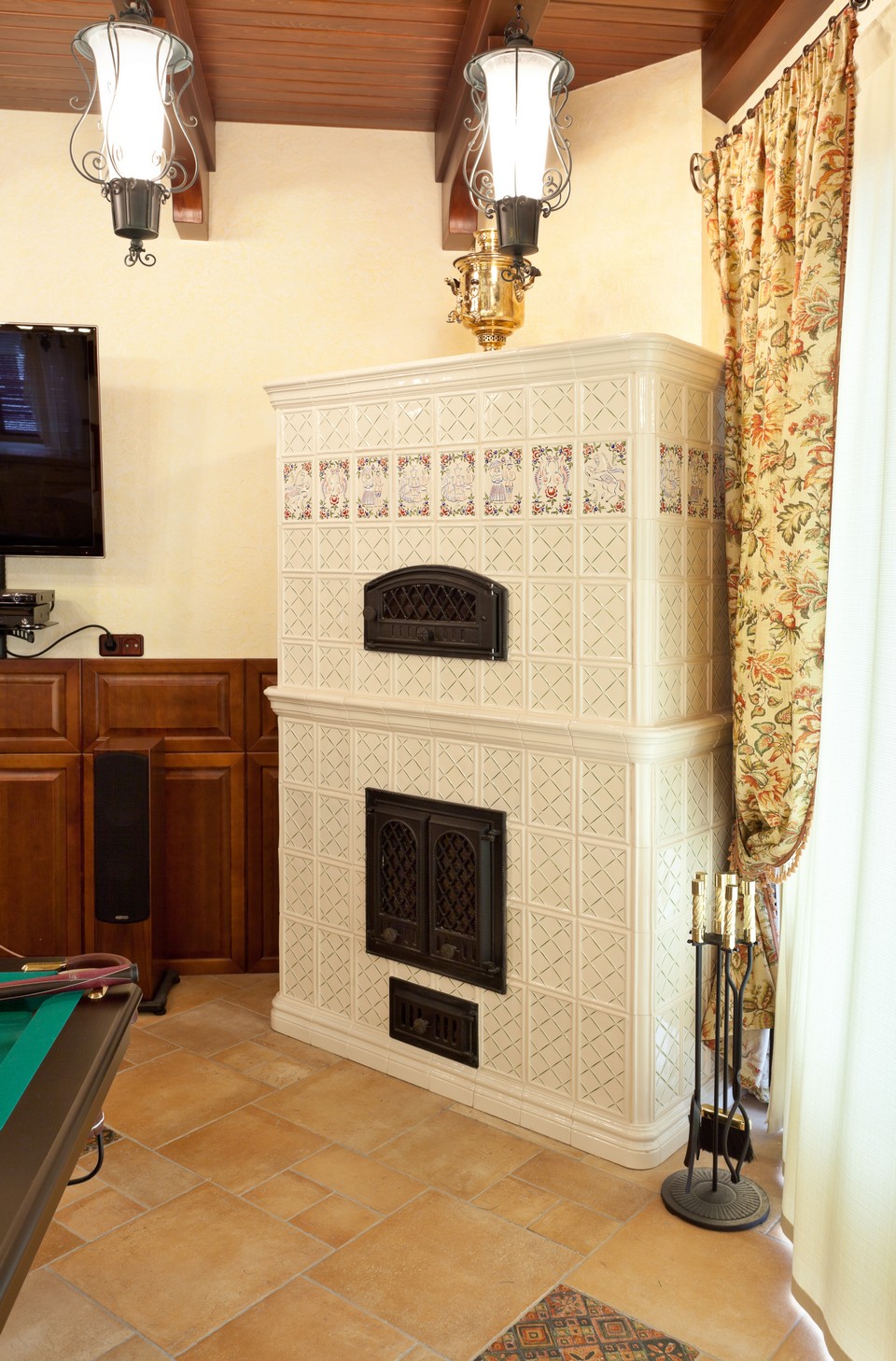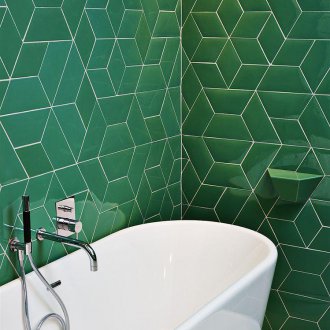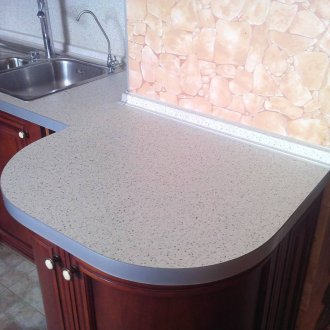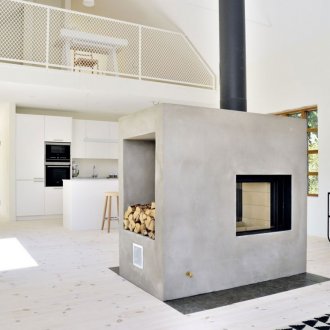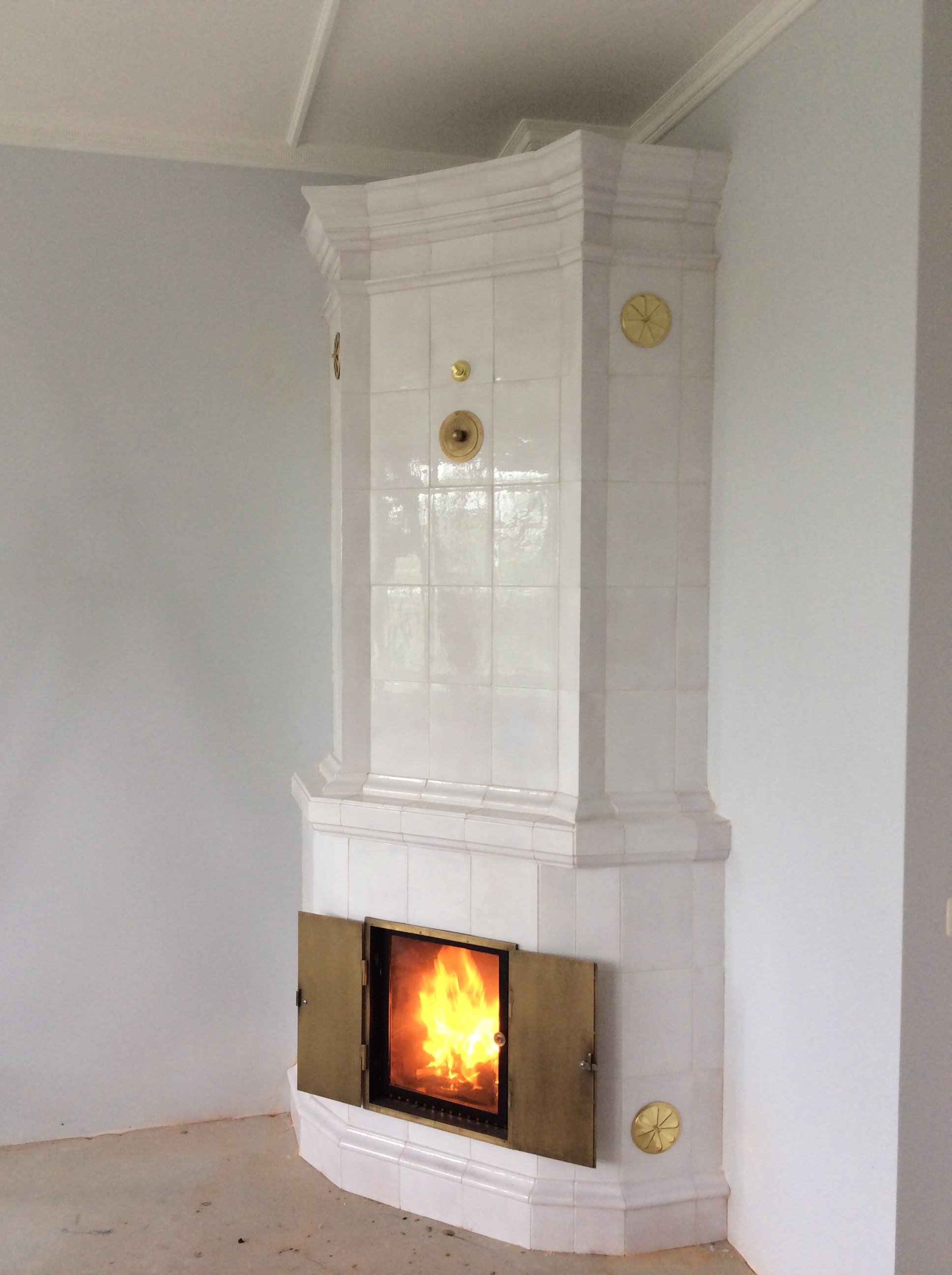The Swedish stove in the interior: design features (23 photos)
Content
All owners of suburban areas and cottages, when building and equipping a house, think about heating and maintaining heat in it. Currently, there is a considerable selection of furnaces and furnace structures for summer cottages. There are options for stoves with a boiler for water heating, and for heating with wood. Modern models of heating equipment can improve the comfort of the home and even become a decoration of the interior of the room.
Despite the popularity of fireplaces, many want to build a stove in the house. And this is not surprising, since the brick kiln:
- It is an economical source of heat;
- Natural materials of construction provide environmental safety of housing;
- Will create cosiness in the house and refinement in an interior.
Today, the Swedish heating and cooking stove is a popular, convenient and safe room heat generator.
Historical reference
A similar type of stove came to us from Sweden - a country with a rather harsh climate and without large fuel reserves. In addition, most Swedish dwellings are quite small in size, in which the construction of massive and large furnace designs was not possible. In addition, Sweden is famous for the deposits of chamotte clay, which is used for the manufacture of such structures.
Therefore, it is not surprising that it was in this country that the first models of such a stove appeared, when heating of small-sized houses and cooking was required.
Equipping the stove with a hob and compactness of the whole structure ensured the heating of the room in a fairly short time and cooking for the whole family, while saving fuel.
Advantages of the Swedish furnace
Among the main features of the furnace "Swedes" distinguish the following.
Combined structure
It can be used not only as a room heating, but also for cooking. The design of the oven allows you to equip it with additional functions, for example, equip a place under the oven or for storing cooked food. In addition, the stove can be diversified as a place to relax: a sunbed or other additional structures. Thus, the multifunctionality of the Swedish type furnace makes it possible to assemble a different type of construction with the addition of additional functions at will.
Compact in size
The compact size does not eat up too much space, but rather harmoniously complements any interior, being an interesting emphasis on the design of the room. If desired, the stove can be decorated with decorative materials.
High level of efficiency
The Swedish stove is an economical option in terms of fuel consumption. Firewood, peat and other solid fuels can be used as fuel.
Simple masonry
You can install a similar "Swedish" oven yourself without resorting to the help of a specialist. You can familiarize yourself with the project, step-by-step instructions and procedures on the Internet. It is very important to understand the drawings, which indicate the serial number of the calculation of each row of the structure and do everything according to the instructions.Of course, a similar oven can be bought in the finished version, but an independent option will help to save the budget.
Materials
It should be borne in mind that an important point in the manufacture of the Swedish furnace is quality material. To ensure long-term use of the furnace, high quality materials are needed.
To install the furnace you will need the following materials:
- Fireclay brick. This type of brick contains 80% of refractory clay, so it can withstand a load of very high temperature. A design made of ordinary brick, upon reaching very high temperature indicators, can not withstand, crumble and collapse.
- Clay. High-quality clay mortar is required for laying bricks, which will ensure the reliability and durability of the entire structure. In order to correctly select the clay and independently prepare a solution from it, it is advisable to consult with the stoves on this issue.
- Metal parts: dampers, gate valves, doors. As a rule, they are made of cast iron. With the help of decorative similar parts of the furnace, you can give a certain style. When laying, it should be borne in mind that brick and metal have different structures in terms of heat expansion.
- Decoration Materials. Selected according to desire and taste, taking into account the financial capabilities and style of the room. Typically, plaster, lime or tile is used. It is the final finishing stage in the creation of the furnace that will give the whole structure a finished look.
Masonry
Brick stove "Swede" is installed according to the project, a certain scheme, order. Each part of the design has its own characteristics and purpose.
The "Swedish" must be laid on a previously prepared foundation. For the foundation, crushed stone and broken brick are taken as the basis, which must be poured in concrete in layers. It should be borne in mind that its size should be larger than the size of the stove itself. The last layer of the foundation is waterproofed, after which the laying of bricks is carried out.
When laying, it is necessary to monitor the evenness of the structure. Also pay attention to the furnace joints so that they do not contain voids or excess mortar. At the same time, it is important that the seams are not too thick, it is allowed from 0.3 to 0.5 cm. The use of a building level will help control the evenness of the seams.
Before proceeding with the calculation of the furnace, you must perform the following steps:
- Soak the bricks in water for a day so that the pores of the material are filled with water, so that it will not absorb water from the clay solution in the future.
- Prepare a clay solution from ground clay, sand and water. The proportions of the components are selected according to the quality and characteristics of the clay, so that a solution of uniform plasticity and structure is obtained.
The calculation of the future stove is carried out in accordance with a special scheme. There are standard designs and layout schemes, without the skills and experience of building furnaces it is advisable to use one of them. As a rule, standard orders are simple and understandable, they indicate the necessary materials and stages of their use.
1-2 rows of masonry kilns are very important because they are responsible for the reliability and strength of the entire future design. Therefore, the laying of the first and second rows must be performed with maximum accuracy and evenness.
On 3-4 rows, it is necessary to form an ash chamber with a door, and also to install a door for blowing and cleaning hatches. On the reverse side of the "Swede" it is necessary to lay out fumes in an upright position.
From the 5th to the 10th row, a firebox and an oven are placed, between which a partition of refractory brick is laid out. It should be borne in mind that the brick is laid on the edge.
At 10 (11) a row is laid from the front of the structure with a steel corner, which is fastened with wire and clay mortar, as well as an additional plate made of cast iron.
From the 12th to the 16th rows, cooking compartments and vertical gas ducts with smoke openings are laid out.
17-18 rows occupy the ceiling over the cooking compartment, made of sheet steel and a corner.
On the 19-20 rows there are hatches for cleaning the exhaust ducts.
21-28 rows are occupied by chimney channels with a valve on the 27th row. Above the smoke damper, it is necessary to leave a technological hole through which the flues will mate with the air ducts.
On 29-30 rows, the overlapping of chimney channels is laid out. At these stages, it should be borne in mind that the width of the masonry around the perimeter must be increased.
On the 31-32 rows a chimney is laid out. This is the final stage of the calculation, if desired, you can finish the design with finishing materials.
Properly executed masonry of the "Swedish" stove will allow heating several rooms at the same time with minimal firewood costs.
Hob and oven
The metal oven must be in close proximity to the flame. This will ensure that the maximum temperature inside is supplied. Many housewives are pleased with the fact that cooking and spoilage of dishes are excluded, since the fire does not penetrate into the oven, and cooking occurs due to the high temperature supported by the walls of the oven.
If you are considering a Swedish oven with an oven, the wall thickness should be considered. An oven made of thin iron can quickly burn out, and too massive will remove heat too quickly and warm up slowly, which negatively affects the efficiency. The same applies to the stove, it must be made of cast iron.
Where to install the stove?
A Swedish stove with a stove fits well between two adjacent rooms, for example, as a separation of the kitchen and the living room. The part where the stove and the oven will be located opens onto the kitchen, and the back, on which you can equip a resting place and even a fireplace, into the hall. Thus, you get a “Swedish” oven with a stove bench.
In principle, the Swede oven can be installed anywhere in the room where heating, cooking, and the addition of a decorative element are required. In cases where the cooking function is not required, you can consider the stove option as a decorative moment and build a structure, for example, together with a fireplace and decorate with decorative material, for example, natural stone.
Thus, this design is a fairly practical option, because, using the stove for cooking, the generated heat will not be wasted, but will be spent on heating the room.
Swedish stove with fireplace
You can combine a Swedish stove with a fireplace in two ways: simply attach the stove to the rear, the chimneys are separate in this case, then you can heat the stove and fireplace separately. Or connect the chimney of the stove with a fireplace and put it into one smoke chamber. In this case, it is necessary to heat the stove and fireplace separately, so that there is no waste.
Using the stove
It is advisable to erect a stove in the warm season, in the summer, so that the masonry can dry naturally. In the case of construction work in the winter, it is possible to dry the masonry using various devices, for example, heat guns.
Thus, it should be borne in mind that it is possible to use the "Swedish" oven only after the masonry is completely dry, otherwise it may collapse prematurely.
The trial run includes the following actions:
- Fire drying. It is necessary to heat the stove with finely chopped wood twice a day. The most suitable option for the primary firebox is wood that does not emit soot when burning, for example, aspen.
- Inspection of smoke dampers. Make sure that there is no moisture on the smoke dampers.
Please note that it is advisable to regularly heat the Swedish oven. In cases of prolonged downtime, it is advisable to re-dry with preliminary furnaces.
It is quite possible to build a Swedish furnace on your own, with your own hands at home, focusing on the project and the drawing instruction. Considering that severe frost does not last the whole winter period, the efficiency of the “Swedish” oven is on average slightly inferior to the Russian stoves during the heating season, but it warms up faster and more compactly.
